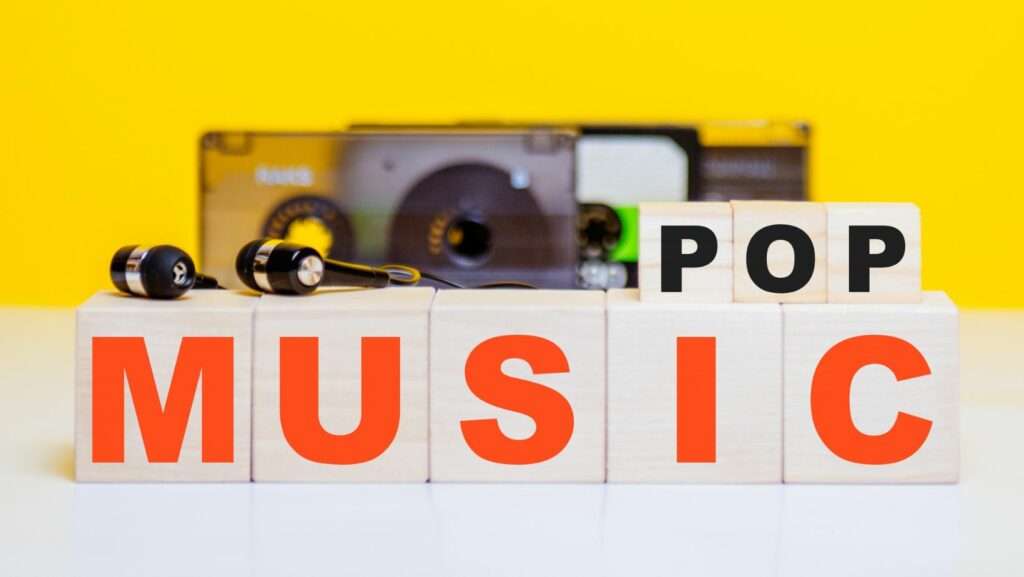In the ever-evolving world of music, pop charts today serve as a pulse of cultural trends, capturing the essence of what’s resonating with listeners worldwide. From viral TikTok hits to chart-topping collaborations, the landscape of pop music is more dynamic than ever. Artists are constantly pushing boundaries, blending genres, and experimenting with new sounds to capture the attention of a global audience.
With the rise of streaming platforms and social media, the way people consume music has drastically changed. This shift has led to a more democratized music industry, where independent artists can climb the charts alongside established superstars. As listeners curate their own playlists, the traditional concept of a hit single is being redefined, making the pop charts a fascinating reflection of current musical tastes.
The State Of Pop Music
 Pop music continuously evolves, embracing various genres and adapting to new cultural trends. Modern listeners enjoy diverse sounds, from upbeat dance tracks to emotional ballads. Streaming platforms dominate the scene, with Spotify and Apple Music leading the charge and shaping listening habits. These platforms provide easy access to a wide range of music, allowing users to explore and discover new artists effortlessly.
Pop music continuously evolves, embracing various genres and adapting to new cultural trends. Modern listeners enjoy diverse sounds, from upbeat dance tracks to emotional ballads. Streaming platforms dominate the scene, with Spotify and Apple Music leading the charge and shaping listening habits. These platforms provide easy access to a wide range of music, allowing users to explore and discover new artists effortlessly.
Social media platforms like TikTok and Instagram play crucial roles in popularizing songs. Viral challenges and user-generated content amplify tracks quickly, making them instant hits. Collaborations between artists from different genres also contribute to the genre’s dynamic nature. By blending unique sounds and styles, these collaborations broaden pop music’s appeal and reach.
Pop Charts Today
Today’s pop charts showcase a vibrant mix of tracks that mirror diverse musical influences. Popular songs often blend different genres, reflecting listeners’ varied tastes and evolving cultural trends.
Current Trends In Pop Music
 Pop music currently thrives on genre fusion. Tracks often combine elements from hip-hop, electronic, and Latin genres, creating fresh, dynamic sounds. Social media platforms like TikTok drive chart-topping hits by turning songs into viral phenomena through dance challenges and memes. Streaming data plays a critical role in chart rankings, with platforms such as Spotify and Apple Music providing metrics that highlight popular tracks globally. Collaborations between high-profile artists, as well as cross-genre partnerships, enhance pop music’s appeal, attracting diverse audiences and expanding its reach.
Pop music currently thrives on genre fusion. Tracks often combine elements from hip-hop, electronic, and Latin genres, creating fresh, dynamic sounds. Social media platforms like TikTok drive chart-topping hits by turning songs into viral phenomena through dance challenges and memes. Streaming data plays a critical role in chart rankings, with platforms such as Spotify and Apple Music providing metrics that highlight popular tracks globally. Collaborations between high-profile artists, as well as cross-genre partnerships, enhance pop music’s appeal, attracting diverse audiences and expanding its reach.
Emerging Artists Making Waves
A new wave of artists is reshaping today’s pop landscape. They leverage technology, using social media to build fan bases and gain exposure. Independent musicians increasingly achieve chart success, bypassing traditional label pathways. Artists like Billie Eilish and Lil Nas X exemplify how non-traditional marketing and innovative music styles can catapult newcomers to stardom. These artists often engage directly with their audiences, creating a sense of community and fostering loyalty that supports their rise on the charts.
Popular Themes And Lyrics
 Modern pop charts showcase recurring themes that resonate with audiences. Love, relationships, and self-discovery are central, aligning with the emotional narratives typical in pop music.
Modern pop charts showcase recurring themes that resonate with audiences. Love, relationships, and self-discovery are central, aligning with the emotional narratives typical in pop music.
Social issues also emerge frequently in pop lyrics. Songs addressing mental health, empowerment, and equality are popular; they promote awareness and encourage dialogue. For instance, tracks by artists like Billie Eilish highlight struggles and resilience, striking a chord with younger audiences.
Upbeat anthems continue to dominate, with catchy hooks and choruses. These songs often feature themes of celebration, freedom, and escapism, appealing to a wide range of listeners. Danceable tracks remain a staple, thanks to their infectious energy and universal appeal.
The Future Of Pop Charts
As pop music continues to evolve, its charts will undoubtedly reflect the dynamic and ever-changing landscape of the industry. The integration of various genres and the influence of digital platforms are set to further diversify the musical offerings available to listeners. Artists will increasingly harness technology and social media to connect with audiences, breaking traditional barriers and redefining success in the music world.
The role of streaming services and social media in shaping pop charts will only grow stronger, offering artists new avenues for exposure and engagement. As these platforms continue to innovate, they will provide even more opportunities for emerging talents to reach global audiences. The pop charts of tomorrow promise to be a vibrant tapestry of sounds and stories, driven by creativity and the limitless possibilities of digital connectivity.

